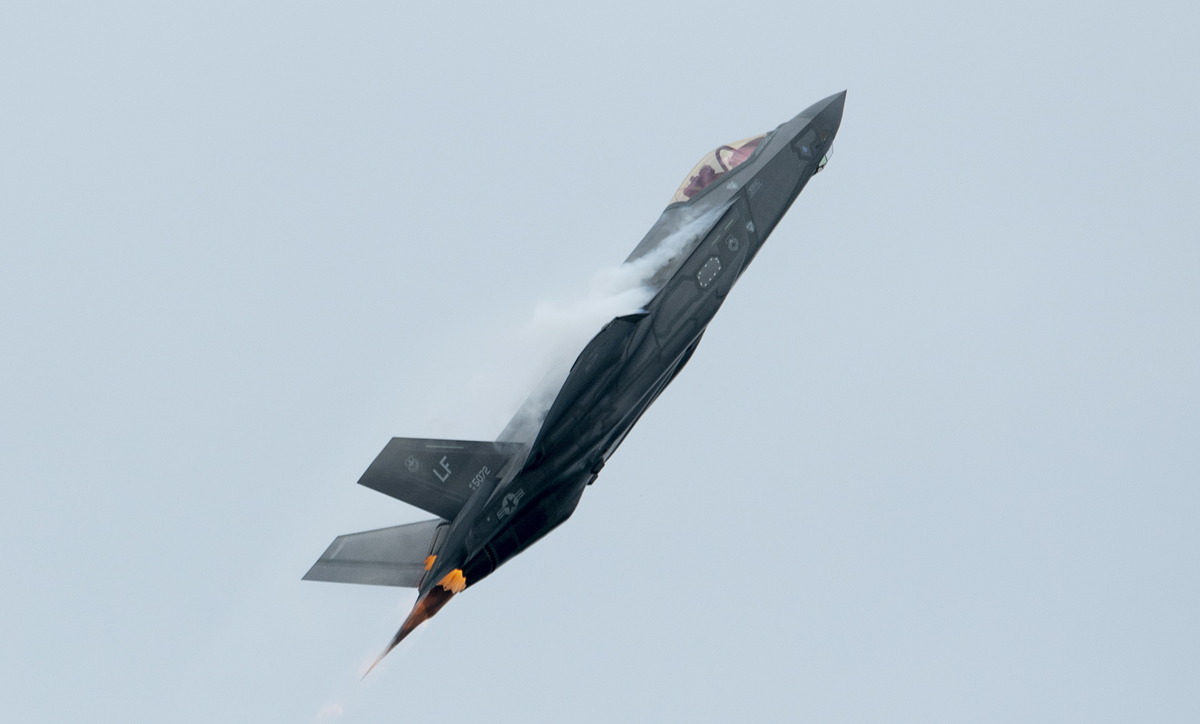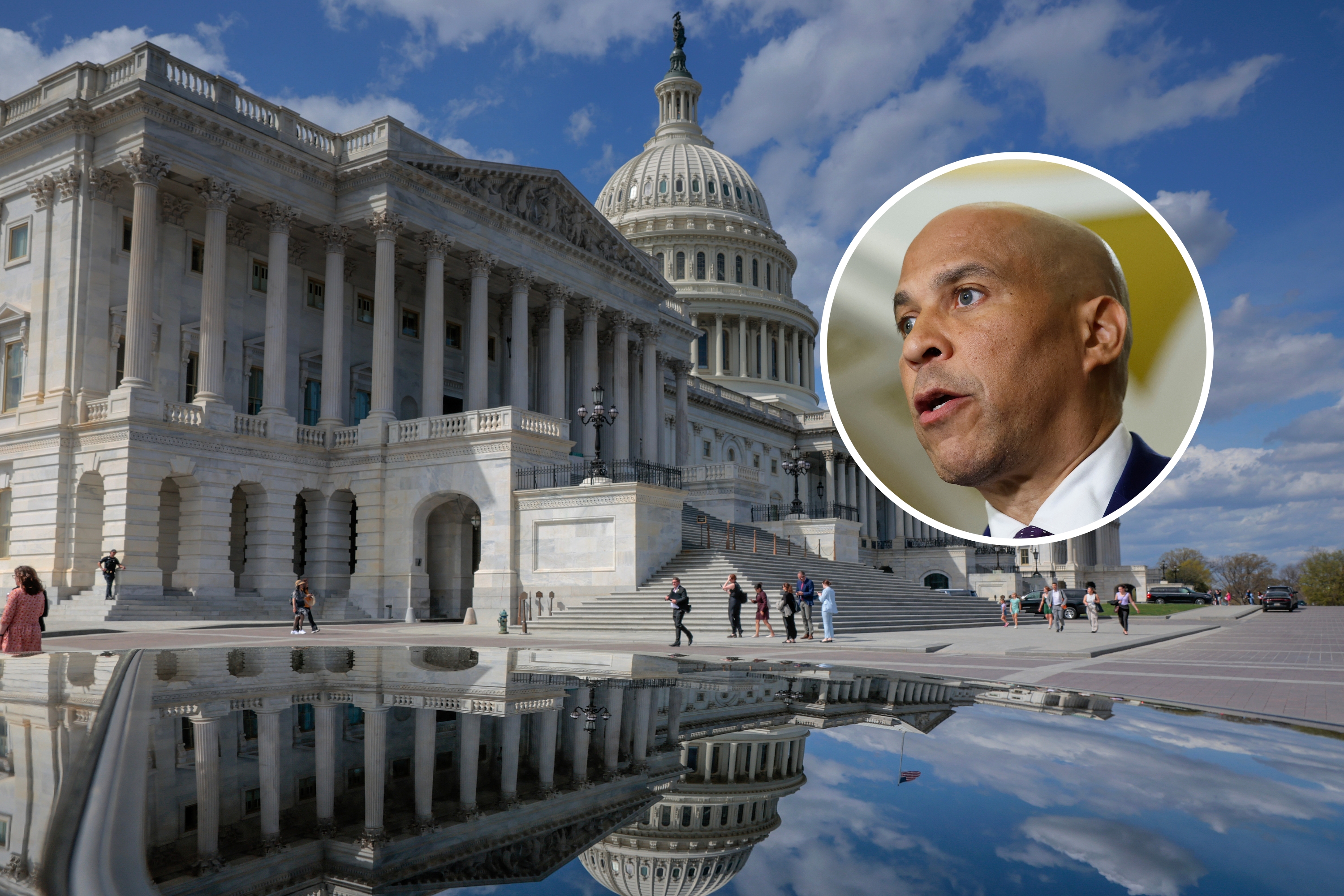The United States is expected to send its first newer fighter jets, the F-15EX Eagle II, to a key air base in Japan between March and June 2026 to counter China's threats.
The F-15EX jets will be stationed at Kadena Air Base, a major U.S. air power hub located on the Japanese island of Okinawa, which is part of a north-south blockade known as the first island chain under a U.S. defense concept seeking to contain the Chinese military.
Newsweek has reached out to the U.S. Air Force for further comment by email. The Chinese Defense Ministry did not immediately respond to a written request for comment.
Why It Matters
Kadena is the closest U.S. air base to Taiwan, the self-governed island that Beijing has claimed as its territory and has reserved the right to use force against it. The updated timeline of the deployment comes after President Donald Trump questioned Washington's security commitment to Tokyo, one of its treaty allies in Northeast Asia, earlier this month, saying, "We have to protect them but they don't have to protect us."
What To Know
Brigadier General Nicholas Evans, commander of the U.S. Air Force 18th Wing, which is the host aviation unit for Kadena Air Base, discussed the progress of the F-15EX's planned deployment during a news conference on Friday at the base, Stars and Stripes reported.
The deployment of the F-15EX is part of the Pentagon's plan to upgrade its air power in Japan, which was announced last summer. The U.S. Air Force will withdraw Kadena Air Base's 48 F-15C/D Eagle fighter jets, replacing them with a fleet of 36 F-15EX aircraft.
According to its manufacturer, Boeing, the F-15EX jet combines "state-of-the-art design and technology" to deliver next-generation capabilities, including the ability to arm with 12 missiles for aerial combat, whereas its older versions held a maximum of eight.

Regarding the withdrawal of the F-15C/D jets, the commander revealed that a couple of them remain at the base but are "no longer flyable," according to the report. They are used for weapons loading and maintenance training due to commonality with the F-15EX jets.
During the air power transition period, the U.S. Air Force sent squadrons to Kadena Air Base to maintain a rotational presence of fighter jets. It has hosted the F-16C Fighting Falcon, the F-22 Raptor, and the F-35A Lightning II jets as of January, the report added.
In addition to fighter aircraft, Kadena Air Base serves as an operating base for spy planes like the RC-135V/W Rivet Joint that are deployed from the U.S. mainland, which have collected thousands of hours of intelligence data in the Western Pacific Ocean last year.
What People Are Saying
Brigadier General Nicholas Evans, commander of the U.S. Air Force 18th Wing, said at a news conference on Friday: "As we get closer to the timeline, I expect we'll get more fidelity on exactly when the first couple [F-15EX] aircraft will show up."
Boeing said of the F-15EX fighter aircraft on its website: "Delivering best-in-class payload, range and speed, the F-15EX will serve as a backbone for any tactical fighter fleet—today and into the future."
The website of Kadena Air Base wrote: "Kadena Air Base is the hub of airpower in the Pacific, and home to the 18th Wing and a variety of associate units. Together they form 'Team Kadena'—a world-class combat team ready to fight and win from the Keystone of the Pacific."
What Happens Next
It remains to be seen whether the U.S. Air Force will send additional fighter aircraft, as Kadena Air Base is waiting for the arrival of the first group of the F-15EX combat jets.
fairness meter
About the writer
Ryan Chan is a Newsweek reporter based in Hong Kong, where he previously had over a decade of experience at ... Read more




